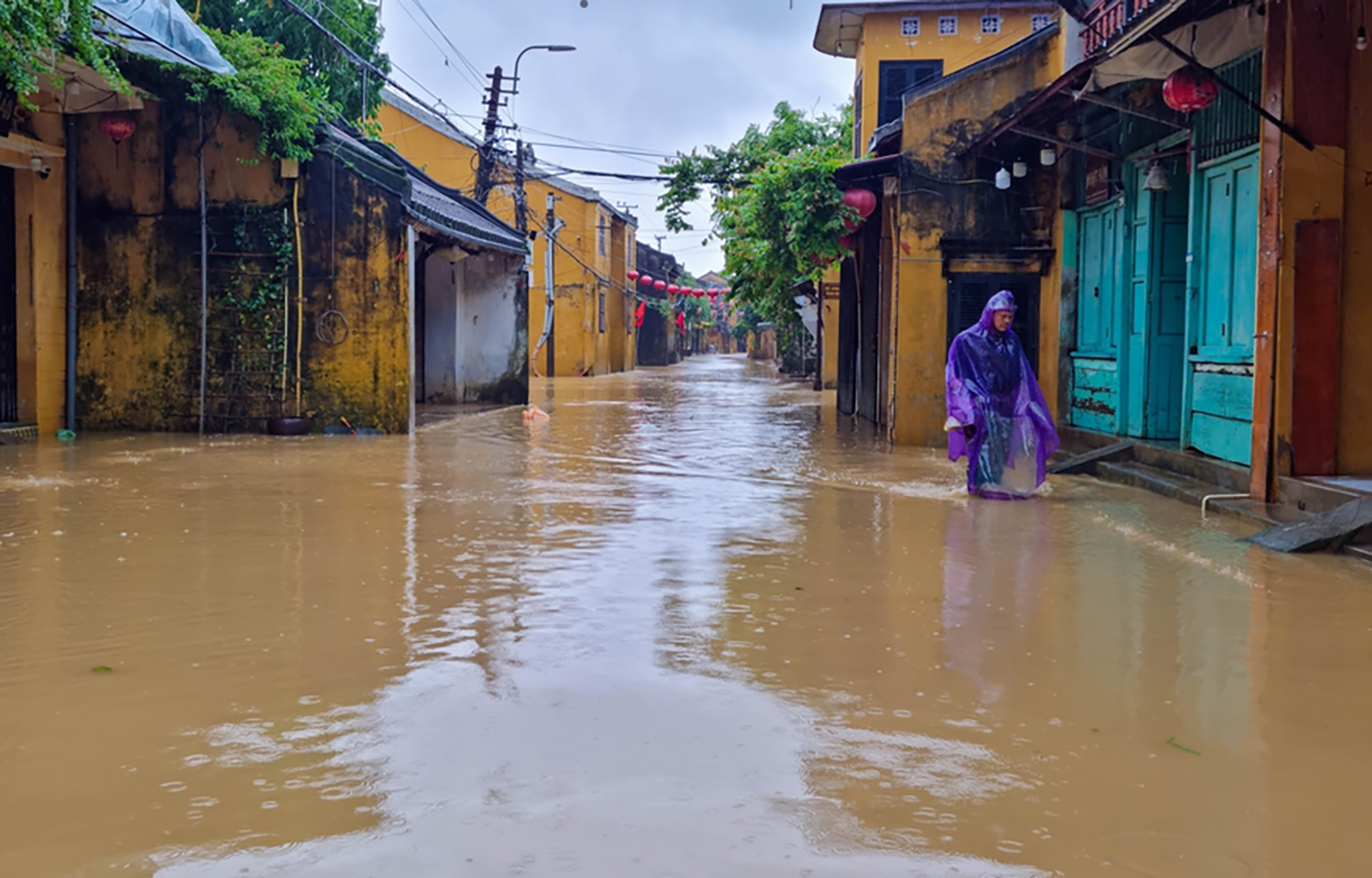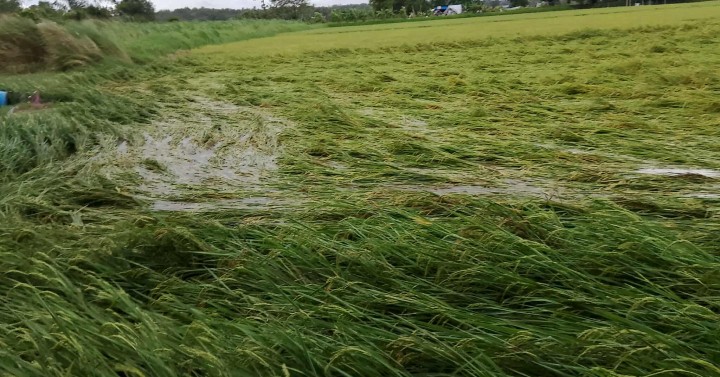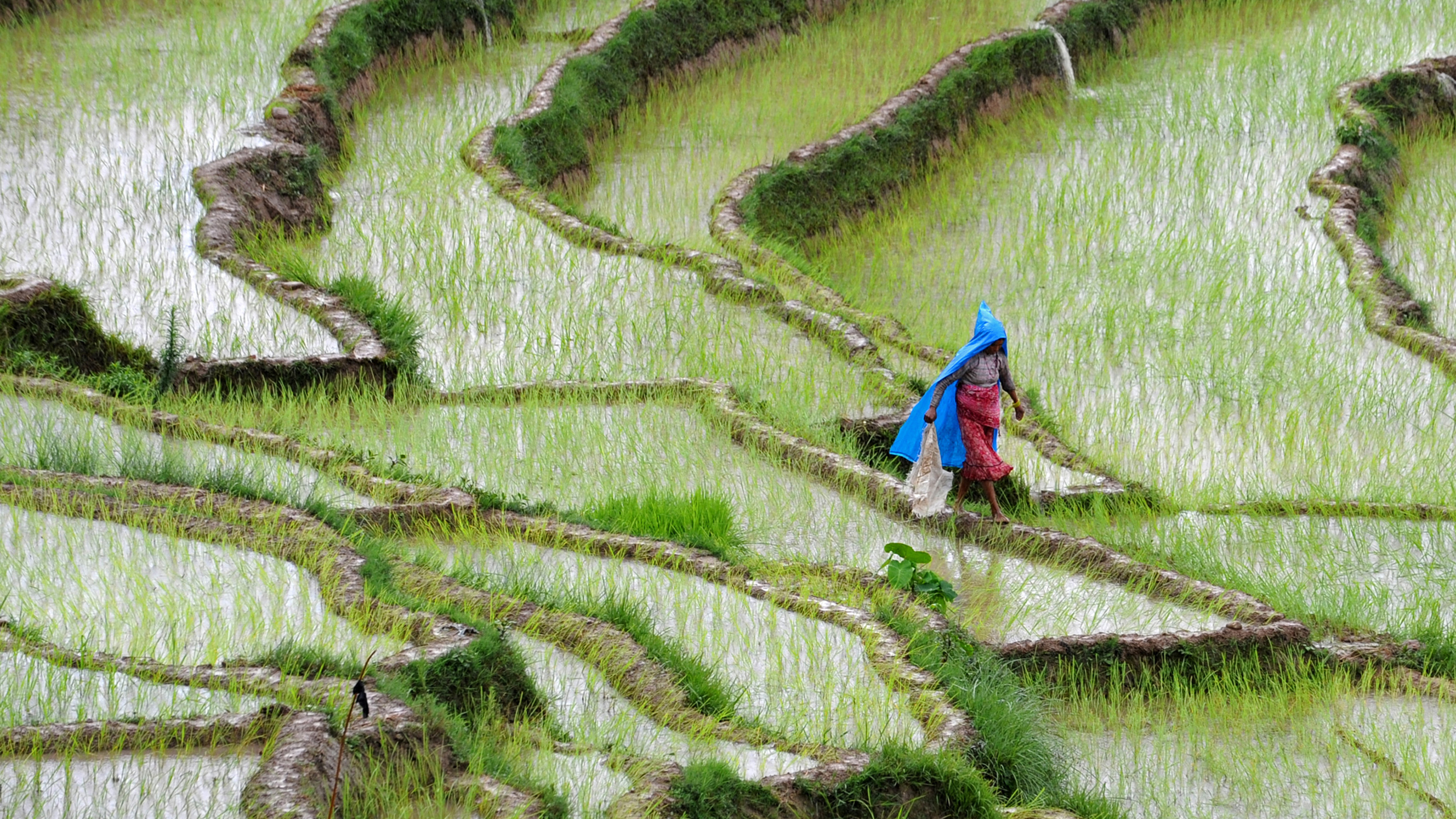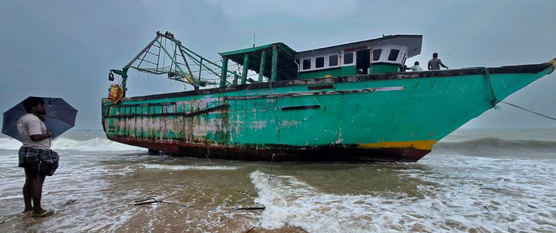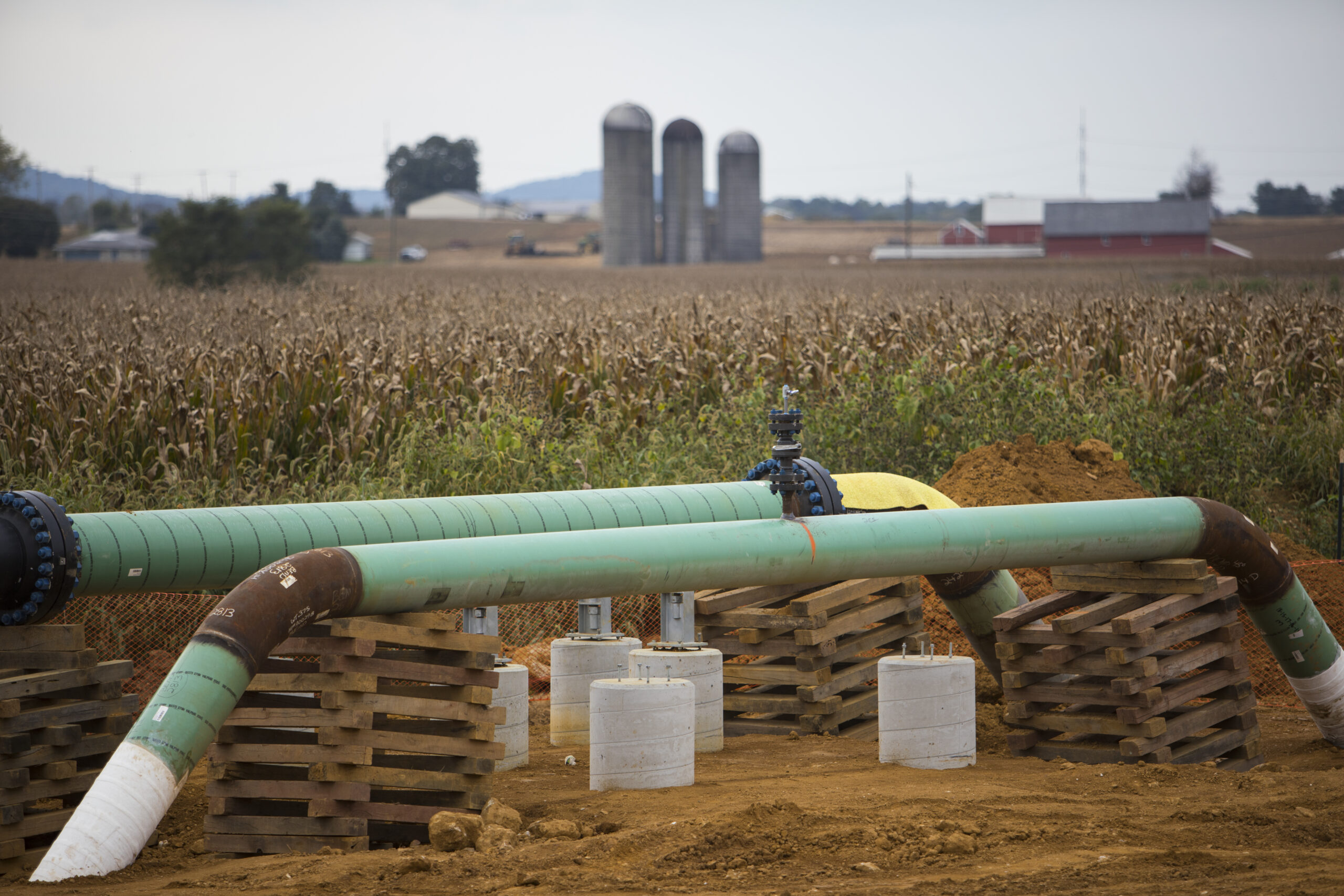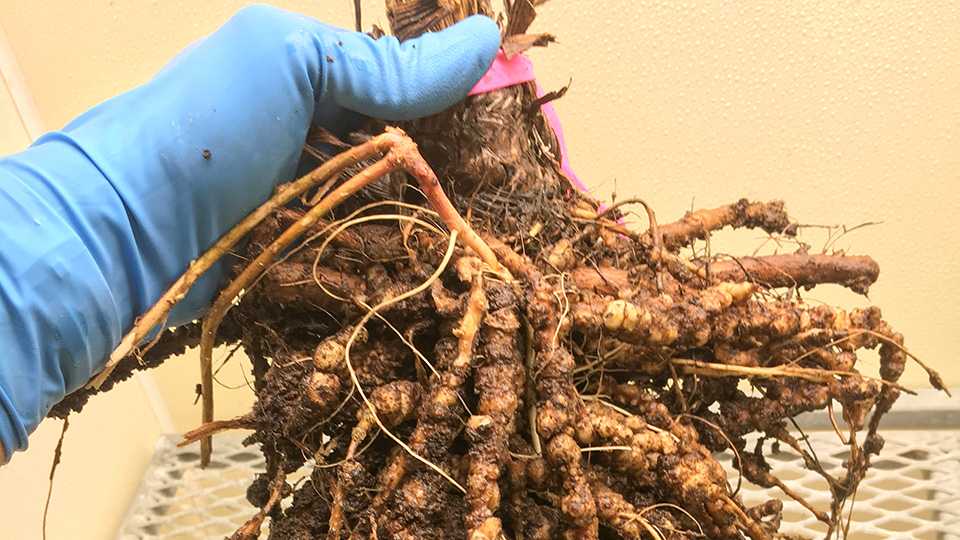Severe and prolonged flooding has heavily affected aquaculture and seafood-processing operations in Central Vietnam.
Days of exceptionally heavy rain triggered historic flooding and landslides across such coastal provinces as Dak Lak, Khanh Hoa, Gia Lai, and Lam Dong from 16 to 22 November. The floods followed earlier long spells of rain and coincided with high tides, leading to over 100 deaths and widespread damage to houses and public infrastructure, the Vietnam government news portal said.
According to the Vietnam Association of Seafood Exporters and Producers (VASEP), the floods were the most severe natural disaster to hit the region’s seafood sector in many years. Floodwaters inundated shrimp, fish, and other farming zones, sweeping away seed stock, destroying pond and lagoon infrastructure, and causing major losses for producers.
Dak Lak’s aquaculture operations in particular were among the most affected. The province, which declared a state of emergency in 40 communes and wards, had about 127,000 of its more than 180,000 aquaculture cages – mostly containing lobster – and 1,000 hectares of brackish-water shrimp and mollusk farms damaged as of 21 November, the government said in a statement.
Dak Lak Party Secretary Luong Nguyen Minh Triet, the province’s top official, said that the floods killed or displaced around 20 million farmed lobsters in the province, causing severe economic losses and almost eliminating the local lobster-farming sector. Large freshwater fish farms in Dak Lak also reported stock losses as water levels rose.
In Xuan Dai Bay, the country’s main lobster-farming area, large numbers of lobster cages were damaged, with mortality rates reaching 80 percent to 90 percent. Local authorities said losses in the Song Cau ward’s lobster sector alone exceeded VND 2.4 trillion (USD 91.3 million, EUR 79.1 million).
As a result of the damage, lobster prices collapsed immediately after the floods. Green lobsters, normally priced at VND 800,000 to VND 900,000 (USD 30.40 to USD 34.20, EUR 26.30 to EUR 29.60) per kilogram, and ornate lobsters, usually sold for around VND 1.3 million (USD 49.30, EUR 42.70) per kilogram, were sold for about VND 150,000 (USD 5.70, EUR 4.90) per kilogram in the days after the disaster subsided. Waterlogged lobsters were dumped at even lower prices, sometimes just VND 30,000- to VND 40,000 (USD 1.10 to USD 1.50, EUR 0.99 to EUR 1.30) per kilogram, newspaper Tuoi Tre reported.
Farther south, in the province of Khanh Hoa, damage to aquaculture operations included about 80 hectares of shrimp, grouper, and babylonia farms, along with one high-tech shrimp-farming facility, causing losses of around VND 4 billion (USD 151,750, EUR 131,460), the Agriculture and Environment Newspaper, released by the Ministry of Agriculture and Environment, reported.
Meanwhile, homes of staff and workers at some seafood-processing plants in Central Vietnam were heavily flooded, resulting in significant property damage and forcing many families to evacuate. Additionally, thousands of workers were unable to reach processing factories operated by VASEP member companies in Khanh Hoa, Lam Dong, and Gia Lai; factories in the latter province also lost power and had to rent generators, according to VASEP.
Only about 30 percent of workers were able to go to work, affecting export orders and increasing the risk of shipment delays, the trade group said.
The flooding represents a setback for Vietnam’s seafood sector, which had weathered trade disruptions well in 2025.
The value of Vietnam’s shrimp exports hit its highest level in three years over the first nine months of 2025 as demand spiked in major markets.
Additionally, Vietnam’s tilapia exports have surged this year, driven largely by booming U.S. demand. In the first eight months of 2025, Vietnam shipped tilapia worth USD 52 million (EUR 44.2 million) to global markets, marking a 359 percent increase from a year earlier. The U.S. accounted for about 70 percent of those sales, VASEP said.
Other whitefish species such as pangasius have also grown in export value. Vietnam’s pangasius sales in August increased 5 percent year over year to USD 200 million (EUR 170.5 million), and the value over the first eight months of 2025 reached USD 1.4 billion (EUR 1.2 billion), a 10 percent increase year over year.
Source - https://www.seafoodsource.com


